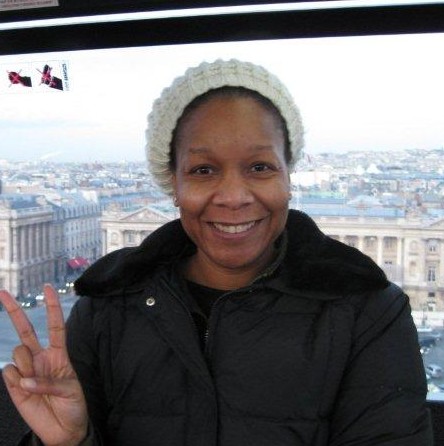By Carolyn Edlund
LeJarie Noguchi works with Artas1, a licensing agency for Japanese artists. She spoke with Artsy Shark recently about her job, the challenges she faces and what’s hot in the business.
AS: How many artists do you represent?
LN: I represent over 40 Japanese artists. Most live in Japan, but a few are in the United States.
AS: What is your process for reaching prospective clients for your artists?
LN: I use a combination of cold calling and email submissions. I submit artwork after reviewing the guidelines on the company’s website. If there aren’t any details, I’ll either call or contact customer service for contact information, for their licensing director if available. I then email them directly or call based on the contact information given.
Generally, I submit four image samples initially as a PDF with simple artist’s bios. If there is a request for more images, I’ll follow up with larger jpgs depending on the specifics of the request via zip files. We also mail out free copies of our latest catalogs upon request, which helps to give the client a good overview of the artists we represent.
AS: What is your follow up procedure?
LN: I usually follow up with an email three to five days later and only occasionally with a phone call. From my experience, I find I email usually, and calling is mostly done with smaller companies and small book publishers for book cover art. I email follow ups mostly for larger established companies like in decor or print publishers.
AS: Are there any trends you are noticing as far as what companies want to license?
LN: There is a popular trend right now toward cute and small Japanese types of items like dolls, stickers and erasers spurred on by the huge popularity among kids for Japanese erasers that come in fun shapes like sushi, cupcakes, hamburgers . . . you name it and there is a cute eraser for it. So there are some companies looking for cute bright art similar to anime.
AS: What are you working on now?
LN: Currently, the artwork of two of our popular Japanese artists is on exhibition at UMAMI Burger’s new restaurant location in Hermosa Beach, California. Also, two of our artists create amazing artwork for calendars, so I’m contacting calendar and stationery publishers. One of our artists has created the sweetest children’s book about an octopus that I’m actively submitting to publishers.
AS: What is your biggest challenge?
LN: Time zones. Being based in Los Angeles with the majority of licensing companies based on the East Coast is a big challenge when trying to contact and follow up.


Why Japanese artists? Does this have to do with product licensing and the popularity of Manga, Superflat, etc?
Hi Terri,
We represent Japanese artists because we are the sister publication of a Japanese yellow pages that is ciruclated in the Southern California area. But our artist do wide range of artwork from traditional to the controversial.
LeJarie: Interesting to be sure, enjoyed reading what’s trending now.
Judy
Judy, Thank you!
I’m looking for information on becoming at art licensing AGENT and I haven’t found anything yet. Any pointers?
thanks1
Heather, we don’t have a specific article published on how to become an art licensing agent, but have several interviews with them:
https://www.artsyshark.com/2011/06/19/art-licensing-agent/
https://www.artsyshark.com/2019/06/05/conversation-on-the-state-of-art-licensing/
Clearly, as an agent you need to build a strong network focused on relationships with potential licensees, who license work from artists. You might want to start by jumping into the licensing community to learn more. Join Facebook groups for Art Licensing, and visit http://www.ArtLicensingShow.com which is an online hub for this industry. They have a helpful blog. You will want to attend art licensing trade shows to meet people live as well. Good luck!